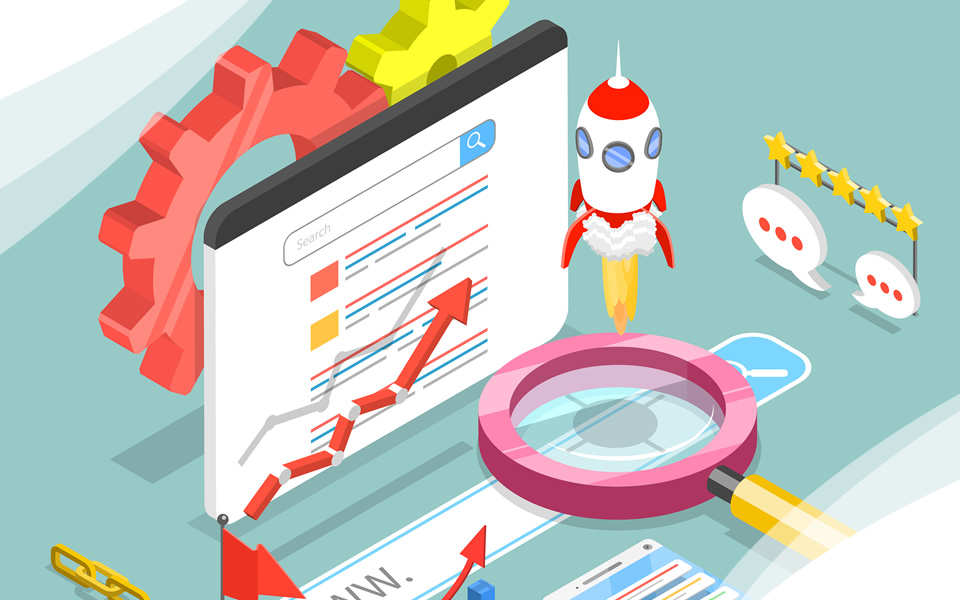
Unlock Engagement by Re-Investing in Interactive Content Marketing
Read Time: 12 minutesInteractive content and gamification are back! They’re re-reshaping the way brands connect with audiences. Brands like Nike and Duolingo are already harnessing gamified experiences, creating viral campaigns that engage users and build loyalty through rewards, challenges, and personalized interactions. The reason for this revitalized shift is clear: users crave experiences that allow them to […]










